Annotation
- Causes of frizzy hair
- How to get rid of frizz?
- Frequently asked questions about the causes of frizzy hair
- What to do if your hair is frizzy
- What products will help against frizzy hair
- What to do if your hair gets frizzy after washing?
- Will a haircut help for fluffy hair?
Fluffy hair has always been considered difficult to care for: it becomes electrified, difficult to style, and generally looks damaged. In order for such curls to get smoothness and long-awaited smoothing, you don’t need an iron, but proper care with protection and moisturizing.
Causes of frizzy hair
Visual frizz is a damaged structure that lacks protection and nutrients. Fuzziness can occur due to regular damage, coloring and bleaching, as well as general improper care.
Often, behind unruly fluffy hair, which is always so difficult to straighten and style, beautiful waves and even curls are hidden. For such natural hairstyles, it is advisable to create a care system that will not mask their natural shape, but, on the contrary, emphasize it. With this approach, you can enjoy natural hair that is shiny and overall healthy looking.
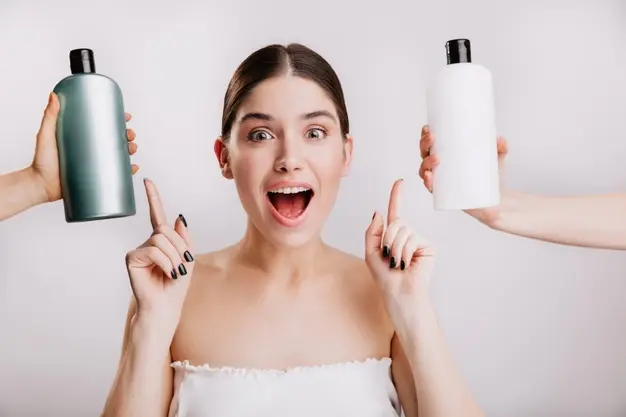
Any hair - both straight and curled - gets fluffy as a result of fundamentally harmful actions:
- Aggressive styling. By this term we mean the use of stylers, straightening and curling irons on an ongoing basis and without thermal protection. Even a hairdryer with very hot air creates serious damage to the hair structure - especially if you try to straighten an unruly strand using a brush with a metal plate. Metal and hot air are a bad combination and generally harmful tools for any hair type. Curly and wavy hair can be straightened using safer methods, and creating a beautiful curl on straight or slightly wavy hair without a curling iron is even easier.
- Poorly selected shampoo. The presence of several sulfate compounds as surfactants not only dries out the scalp, but also draws moisture out of the hair itself. Shampoos with proteins also shift the moisture balance and, instead of moisturizing, strengthen the strands, while making them more fragile.
- Dietary regimen that created vitamin deficiency. Now this is rare, since we get all the vitamins mainly from food, but after a stay in the hospital or on a strict diet, a lack of vitamins can appear - especially B vitamins, which are important for healthy growth of length and nutrition of roots.
- Going out into open sunlight or frost without protection. Ultraviolet radiation is quite harmful to hair - it increases its permeability to dirt and dust. This is achieved by damaging the cuticle and opening the scales - hence the fluffiness. In severe frost, hair can either dry out and weaken under the influence of low temperatures, and in some cases collect condensation, which, when evaporated, will take moisture from the hair.
- Dry air in the apartment. In winter, it is created by heating systems - warm air is generally drier than cold air. In summer, the air conditioner dries the air by recirculating and cooling, which also removes moisture from the hair.
Natural curly and wavy hair does not become frizzy when properly cared for, but often its owners either do not know their curl type and “by default” straighten their strands, or are embarrassed by curls and do everything to straighten them - the side effect will be fluffiness .
How to get rid of frizz?
Ceramic Styler and Heat Protectant is a standard, quick formula that creates temporary sleek, straight hair by sealing the cuticle. The main thing is to choose a relatively safe temperature regime and make sure that the heating plate is metal, namely ceramic - this will be much safer for the hair.
However, this is only a temporary solution that does not have a curative effect and does not combat the cause of frizz. Comprehensive care is the basis for caring for fluffy hair. First of all, you need to understand what hair shape you need, and what hair shape you naturally have - ideally straight or natural strands with curls.
Not everyone has naturally straight hair: if after washing your hair becomes frizzy or creates waves, it is not completely straight. You need to understand that wavy hair can still be made straight without damaging the structure or compromising the integrity of the cuticle. If you have pronounced curls, straightening will only do harm - you need to choose a treatment that eliminates frizz< /a> specifically for your hair type.
First of all, you need to find a shampoo that will not dry out your hair. Shampoos are aimed at cleansing the scalp, and then at cleansing the hair - the foam flowing down the strands will remove any remaining dirt, and warm water will wash away the foam. At the same time, a dry scalp will produce more sebum, causing your hair to need to be washed more often. Frequent washing leads to repeated use of products with aggressive surfactants, and so on in a circle. It is best to choose a shampoo with a mild sulfate substance or without sulfates at all - such compositions do not dry out the hair.
It is best if the shampoo contains moisturizing ingredients - for example, glycerin and aloe juice. They will not harm the skin, and will retain the necessary moisture for the hair. In addition, such compositions will be a good basis for the next stages of care, slightly compensating for the alkaline environment of hard water that flows from the tap in almost any region. If you know that you have hard water, moisturizing generally becomes the main step in caring for any type of hair.
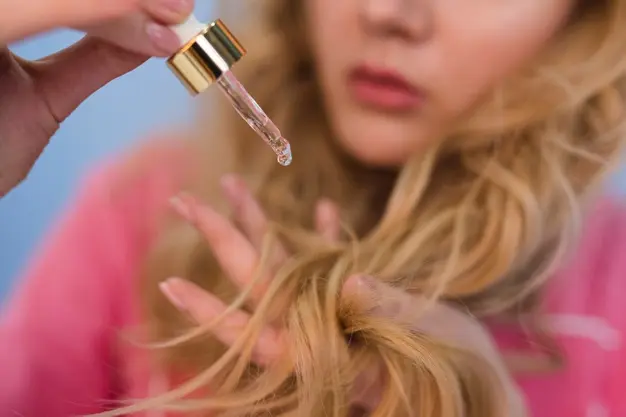
The next important step is applying balm or conditioner. Both products can have the same composition; there is no difference between these two names - they have the same purpose and similar formulas. The conditioner will provide moisture to the curls, while simultaneously sealing this moisture into the hair. It’s good if the composition contains moisturizing components like aloe juice or coconut oil - they are considered the most effective and safest for moisturizing hair.
In addition, it is better to find a conditioner with light silicones in the composition - amodimethicone or trideceth-12. These substances, unlike their heavier analogues - dimethicone and cyclopentasiloxane, are easily washed off with both water and shampoos without aggressive surfactants.
Another stage of care that will create a beautiful result on fluffy hair is nourishing masks. The main thing is that the product is light, otherwise the curls will be weighed down by waxes, leave-in silicones or heavy oils. It’s good if the composition contains ceramides, vitamins and light oils - marula, coconut, argan oil.
We will separately consider the balance of moisture and proteins in the hair. If there is too much moisture, the hair becomes too soft and more vulnerable to chemical damage. If there are too many proteins, the hair becomes brittle and coloring becomes more difficult. To maintain balance, it is better to either alternate protein and moisturizing products, or use intensive moisturizing at one stage of care, and compositions with a high concentration of keratin or other protein at another. Keratin formulations give the best results, because it is keratin that is found in the hair structure - it can be “sealed” and thereby naturally strengthen the curls.
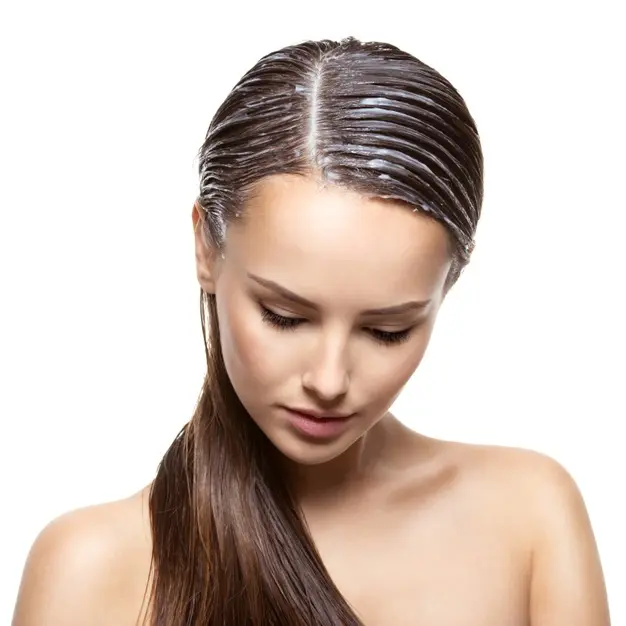
Another useful product for fluffy hair is a spray. In the form of a spray there can be both thermal protection and conditioner or detangler (hair detangler). In addition, products are available in spray form for light “beach” styling or adding volume to hair. For porous hair, heat protection sprays and conditioners are of greatest interest. Firstly, they protect the strands from the thermal effects of the hair dryer, and secondly, they smooth the hair and make combing easier. Moreover, if the composition contains amodimethicone, the spray will settle mainly on damaged areas, creating a light and invisible film that protects the hair from further damage.
Salon treatments are mainly suitable for wavy and straight hair, except for very fine hair. This is due to the fact that most procedures are based on straightening and exposure to high temperatures - very thin and curly hair will only be damaged even more, and the result will be less pronounced than on naturally straight hair.
The following procedures are most often carried out:
- Lamination. The essence of this technology is to treat the hair with special products that create a film on the hair and “seal” the moisture inside. After applying the active product, the hair is warmed up - this is how the product is fixed on the strands. As a result, the hair turns out absolutely straight, smooth and shiny - just like in advertising, only without retouching. The result can last up to a month depending on the initial condition of the hair.
- Botox for hair. Botulinum toxin, which is commonly used in Botox treatments for facial muscles and hyperhidrosis, can help frizz, too. This protein itself does not act as intended here, since there are no nerve endings on the hairs. Instead, it restores the hair structure from the inside. Typically, vitamins and other nutritional ingredients are added to Botox products to make the effect last longer - an additional advantage of such “components” will be the severity of the effect. A hot Botox procedure is carried out separately - in parallel with the nourishment of the hair, the hair is perfectly straightened.
- Haircut with hot scissors. This is a good tool for taming fluffy ends without thermal influence on the length - unlike Botox, keratin straightening and lamination, this procedure “seals” only the ends. As a result, the length itself loses less moisture after each wash, and overall looks tidier. Outwardly, it looks like a regular haircut with very sharp scissors, but in the longer term the result is completely different - the hair looks more well-groomed even two to three weeks after the haircut. You can ask the hairstylist to do not just a haircut, but to create a new style - this way you can update your look and protect your strands from dehydration.
- Keratin straightening. Keratin molecules fill open cuticles in the hair, thickening it and making it smoother. Keratin is a natural component of healthy hair, so it fits perfectly into the structure of therapeutic and care products. Keratin straightening is only suitable for healthy and strong hair; for thin and severely damaged hair, it is better to use a lighter version of this procedure. For keratin straightening in the Brazilian version, formaldehyde and aggressive heating are not used - the result is both noticeable and safe for the strands. However, it does not last as long as after the classic version of keratin straightening - up to three weeks.
The listed procedures are quite effective, but without constant and careful care their results will not last long. In addition, after the effect ends, the hair will become fluffy again - for this reason, constant careful care aimed at nourishing and moisturizing the strands should be the basis.


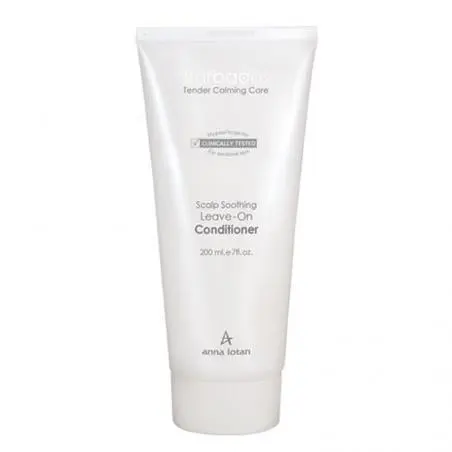
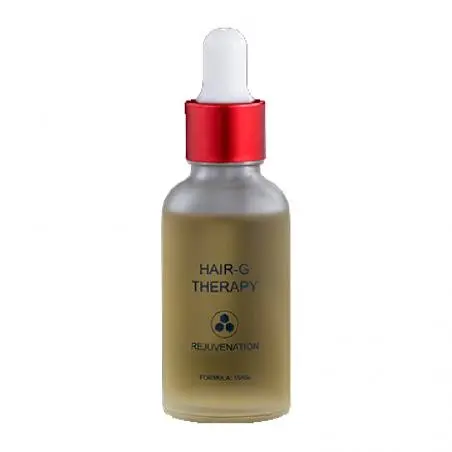
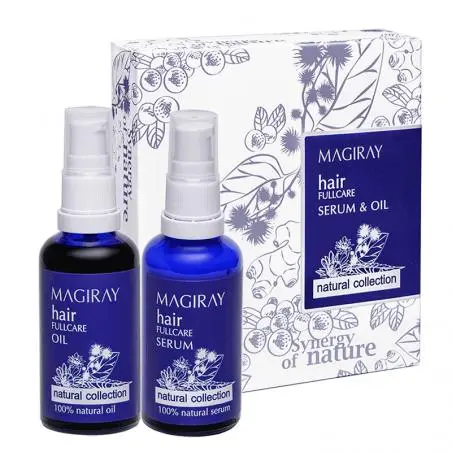
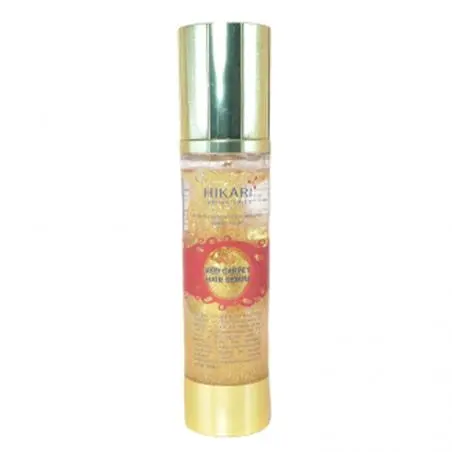
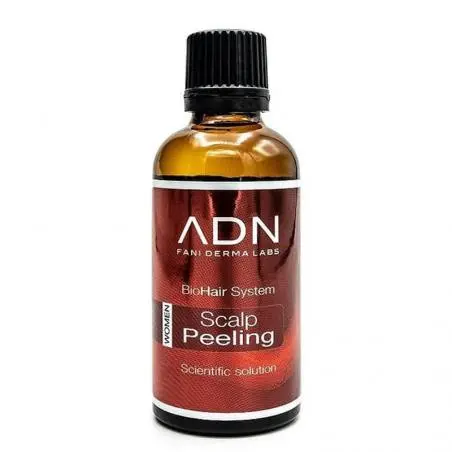
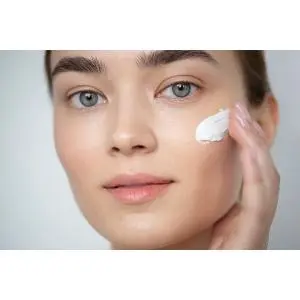

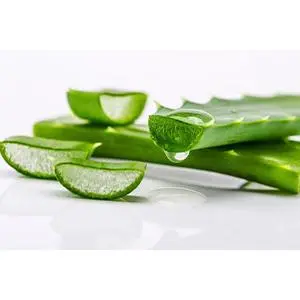
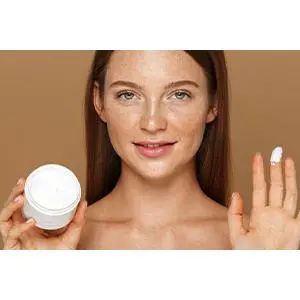

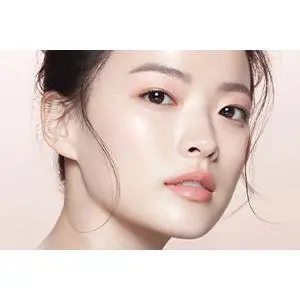

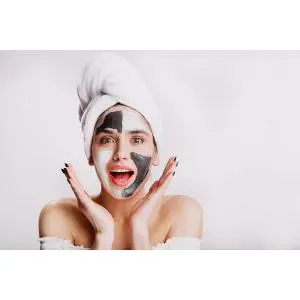
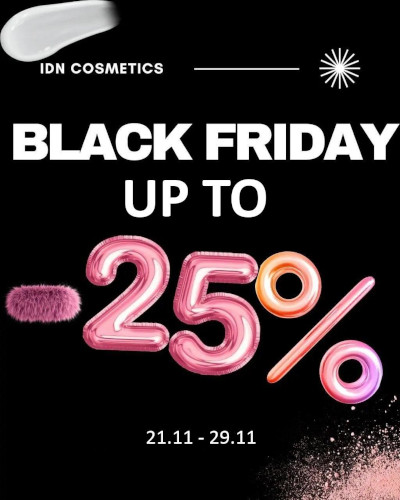
Comments
Leave your comment